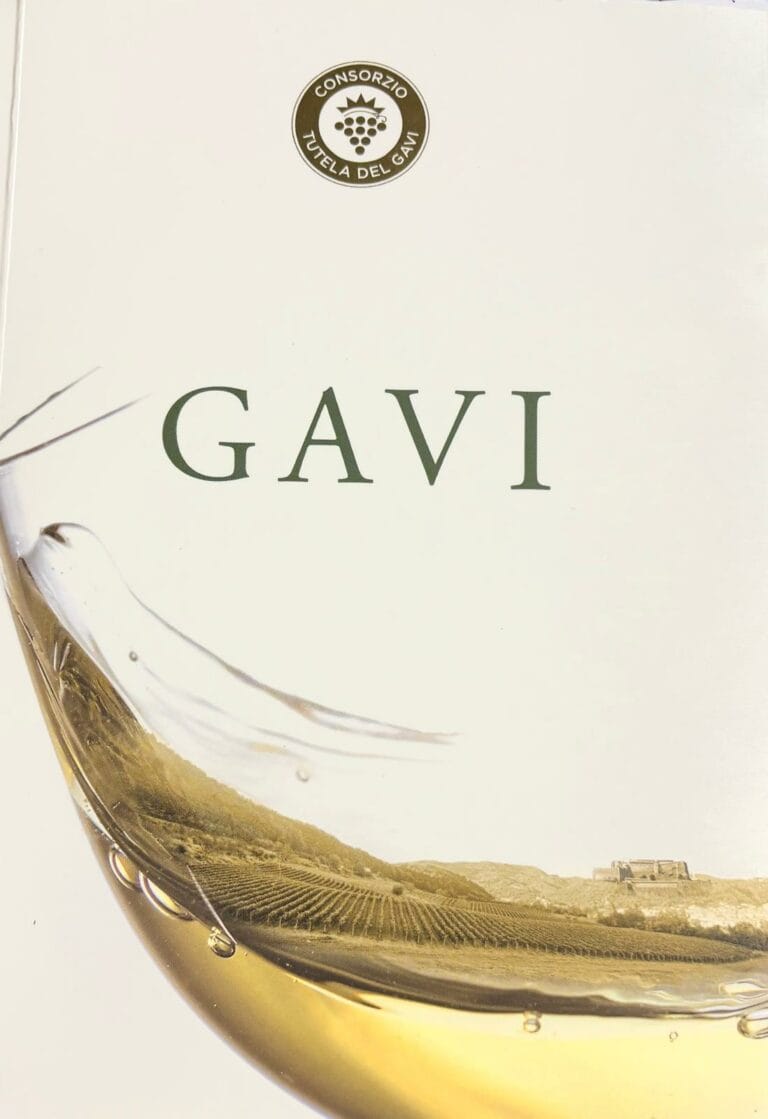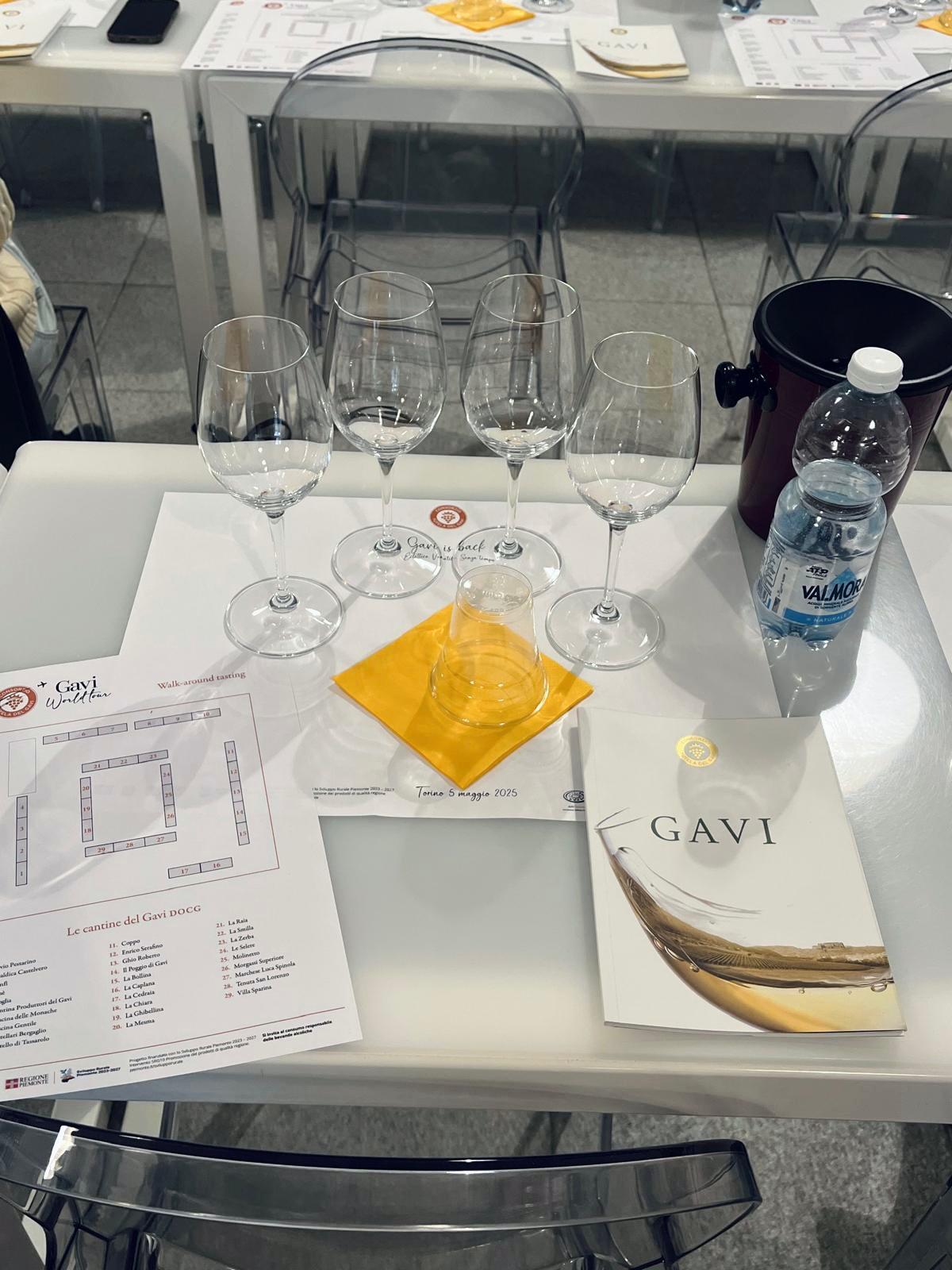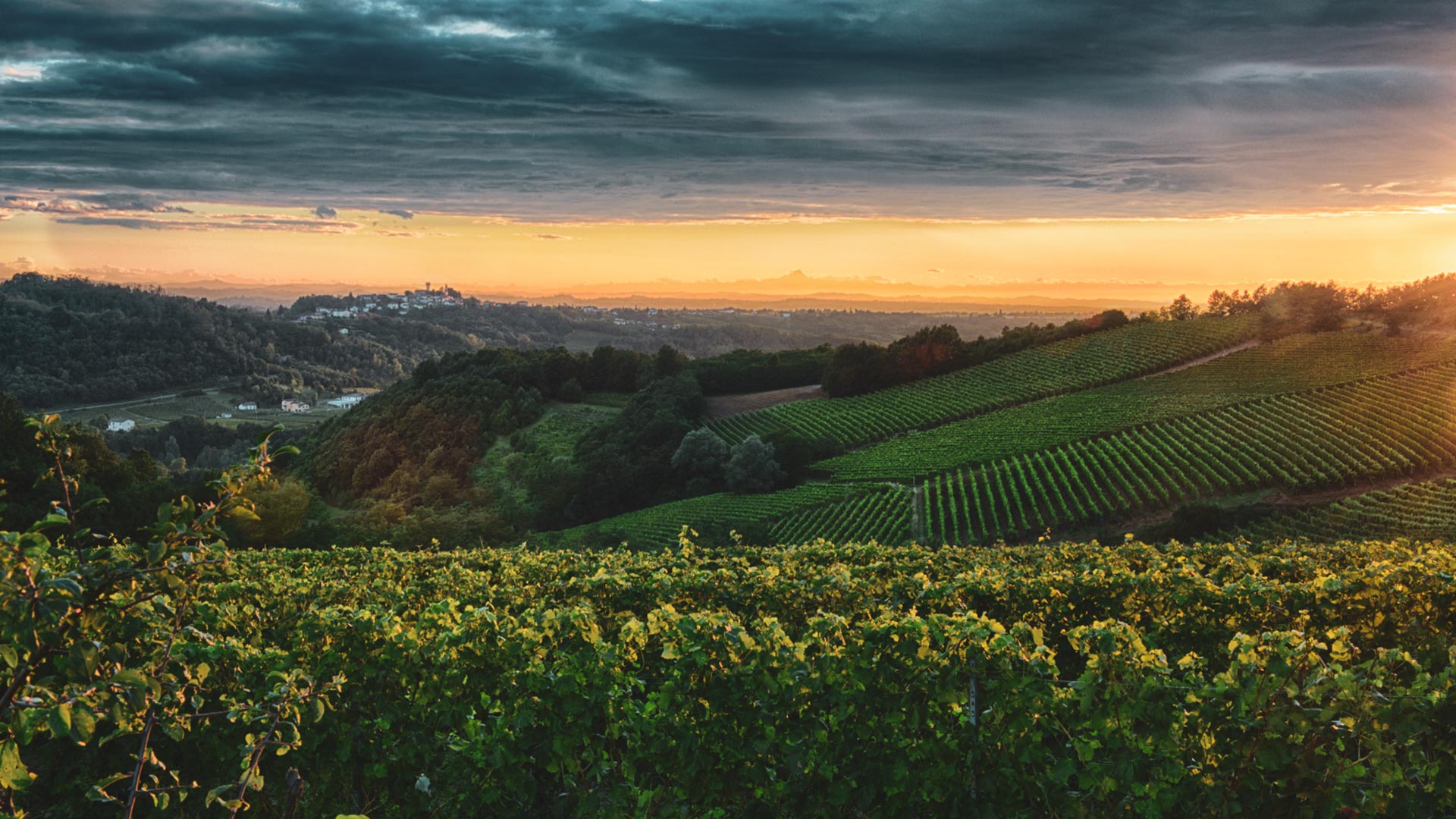
Gavi is back!
In Turin, at the headquarters of the AIS (Italian Association of Sommeliers), journalist and teacher Filippo Bartolotta held a masterclass on Gavi.
written by Erika Mantovan
Gavi is made by 100% Cortese grapes, it is a Piedmont white wine characterised by its floral and mineral profile able to age very well in the bottle. Indeed, the best results in the glasses were achieved by these references with almost ten years of bottling.
We are in the south of Piedmont, 30 km far from Liguria. The marin (the wind comes from the sea) influences the climate as well as the massive presence of mountains and forests. Red clay, white earth and an alternation of marl and sandstone in the central part are the three different soil types of the 11 municipalities of the denomination (Bosio, Carrosio, Capriata d’Orba, Francavilla Bisio, Gavi, Novi Ligure, Parodi Ligure, Pasturana, San Cristoforo, Serravalle, Scrivia and Tassarolo).
A very versatil, medium balanced wine well appreciated world wide capable of figure out the challenge of a market so demanding of white wines with caratcther and identity.
As is often the case, it is Italy that is not at the top of the list of to players but confined mostly to local consumption. The then provocative title of the masterclass is to make the Ho.Re.Ca sector aware of the potential of a wine that has made time in glass and its history its greatest virtues. The first evidence of vines in the Gavi lands dates back to 972 A.D., 500 families are involved in the production of 14 million bottles produced annually. Present in over 100 countries worldwide, exports account for 85% of turnover (65 million).

In terms of soils, white soils, an alternation of marls and sandstones, dominate in the central belt. Red clays are found in the northern belt, where there is no shortage of river terraces, while further south, approaching the Apennines and exceeding 400 metres in altitude up to 1000, we find metamorphic rocks. Lastly, worthy of note is the project of the Consorzio Tutela del Gavi, which in 1997 promoted work on the genetic and health improvement of the Cortese vine. In collaboration with the CNR of Turin, a clonal selection was initiated to identify the best indigenous Cortese biotypes for the development of an identity-based viticulture, linked to the territory, aimed at improving quality and limiting yields. And if the regulations recognise four different types of Gavi: Tranquillo, Frizzante, Spumante and Riserva, we have concentrated on the first and last, which confirm a potential of fascination that invites the discovery of an area rich in history, with the Fortress towering over the plains dotted with castles.
BEST SIP
LA MESMA Gavi del Comune di Gavi Docg Indi 2024
Born on red clay, from spontaneous fermentation, indigenous yeasts, hence the name; it presents itself with an impressive fruity concentration, floral and balsamic impact in the background. Compared to other 2024s, it develops with an orignal, pulpy and energetic dimension that anticipates great evolutionary potential. 94+
CASCINA GENTILE Gavi Docg Confine 2023
In Capriata d’Orba on alluvial terraces, with the vines many exposed to the wind, young Daniele gives us back a wine that smells of aromatic herbs. It is gentle, graceful, like him. Hints of white pepper, bergamot and Mediterranean with hints of gunpowder. Harmonious sip with good richness as well as density and energy. 93
BROGLIA Gavi del Comune di Gavi Docg 2013
On limestone, in the heart of what is considered the most vocated area of the denomination, Monterotondo, the winery confirms how much beauty, depth and extreme elegance Gavi can express after years of waiting. The wine is not only intact, but in exceptional shape for aromas that go from saffron to candied lime, herbs and camphor. Open and relaxed, it is a triumph for yellow citrus acclimatised to an enveloping, soft texture. 96

